Why is Wi-Fi on the computer always catching better on the phone?
Although using the same source, it is possible that Wi-Fi speed on smartphones cannot be as good as on laptops.
Since its launch until now, Wi-Fi has always been the standard wireless networking technology used extremely popular. Eliminating distance barriers especially the entanglement of wired networks, Wi-Fi still provides a true internet experience even with extremely fast data transfer rates.

Of course, Wi-Fi is also the most popular network connection on smartphones and tablets today. But if you notice, you will find that smartphones are capable of catching Wi-Fi waves less than laptops or desktops. So we will find the reason for this problem.
1. The problem of energy use
One of the top concerns of smartphone users is the battery life. Due to its small size, a smartphone cannot come with a large capacity battery. Activating Wi-Fi means that your phone will consume battery power faster mainly where weak Wi-Fi waves, flickering wave quality, the device will constantly perform Searching tasks (searching network) and try connecting.

Manufacturers often have to consider carefully to balance the ability to catch the wave and the amount of Wi-Fi usage of the device. Providing antennas with more energy, the ability to catch waves is farther, stronger and vice versa.
Meanwhile, if you use Wi-Fi with a desktop computer, you almost no longer worry about energy consumption. Simply because it works by direct power. And the laptop has a very high capacity battery, far better than smartphones, so the power supplied to the Wi-Fi antenna is much more.
2. Antenna size
Antennas on wireless router routers usually have a length of about 20 cm or even larger and each router also often owns up to 3 such antennas. A large size antenna is not always better than a small antenna, but this is a very rare case. The best wireless transceivers today have very large antennas. There is both a theoretical science around the antenna and an antenna design so that the ability to receive / broadcast is always the most ideal.
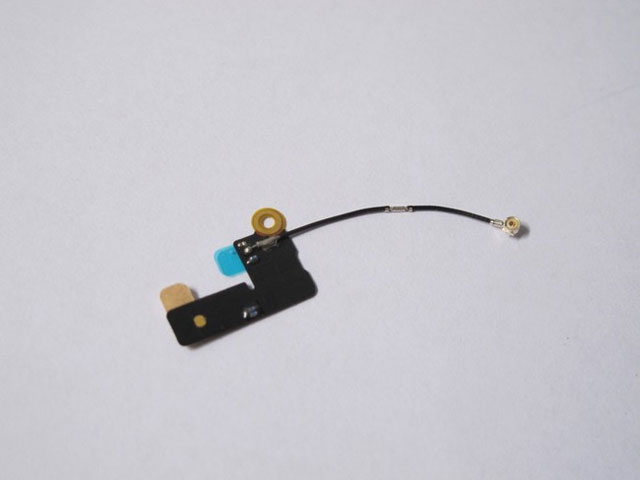
So does smartphone use Wi-Fi antenna? The answer is yes, and manufacturers are forced to use very small antennas (like a toothpick), a length of only about 5 cm, usually placed on the top / bottom running vertically along the machine. Besides, this antenna is also enclosed in a cramped space of many other electronic components.
In contrast, Wi-Fi antennas in laptops are significantly longer and desktop computers may be much larger.
3. Number of antennas
Today to focus on reducing the thickness of the device, while increasing battery capacity and cramming lots of other technologies, smartphone manufacturers often use only one Wi-Fi antenna.
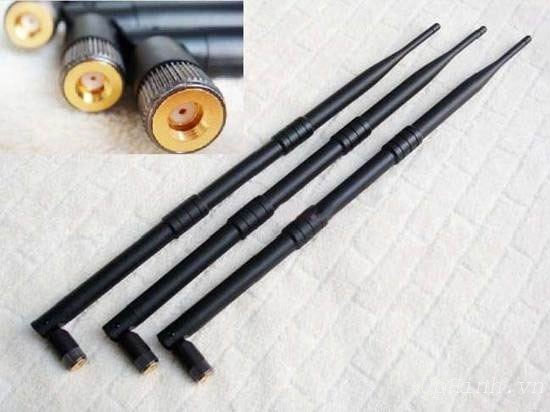
However, the Wi-Fi transmitter will split the data packet into several parts, each of which is called a data stream and transmits each data stream through separate antennas, the data receiving mechanism is nearly similar. self. Therefore, having more than one laptop or desktop antenna greatly increases the ability to send and receive individual signals.
Since then, network access or data download performance of Wi-Fi connections has also been enhanced. With limited drawbacks in the number of antennas, smartphones are not appreciated for the distance of broadcast and transmission rate compared to computers.
4. Frequency
Currently, Wi-Fi waves can operate in 2 bands of 2.4 GHz and 5 GHz. Compared to the 2.4 GHz band, the 5 GHz band has the advantage of avoiding interference of other household devices. However, the fact that most smartphones currently do not support the 5 GHz band, we can only use this band on laptops, desktops and a handful of smartphones.
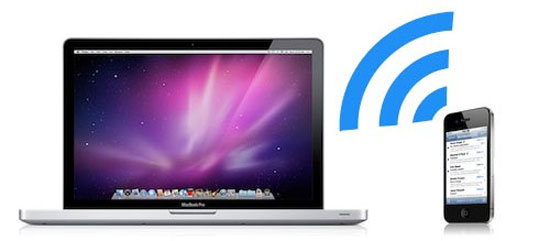
5. Wi-Fi standard
Wi-Fi stands for Wireless Fidelity or 802.11 network as a wireless network that uses radio waves, like cell phones, television and radio. The name 802.11 originates from the Institute of Electrical and Electronics Engineers (IEEE). This institute creates standards for many different technical protocols, and it uses a character system to classify them. The current four common standards of Wi-Fi are 802.11a / b / g / n and a new standard appears to be 802.11ac.
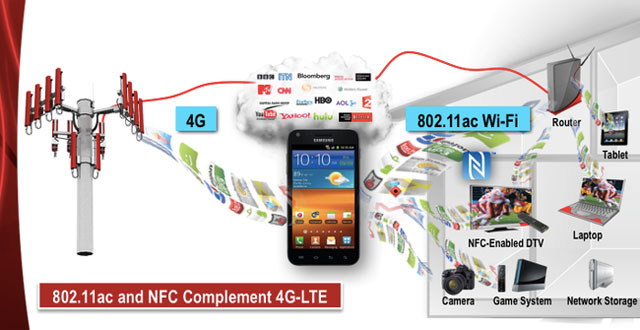
802.11ac allows an average transfer rate 3 times higher than 802.11n, thereby helping the 802.11ac standard become the first Wi-Fi standard to exceed the 1 Gbps threshold. Remember, until 2009, the maximum speed of Wi-Fi is only about 100 Mbps. Besides, the new Wi-Fi standards have also improved coverage. For example, standard g has a coverage range of about 40 m but in standard n can be up to 70m.
The advantage of standard ac is its superior speed. However, only a few high-end smartphones such as Galaxy S4 , HTC One , Sony Xperia Z Ultra are equipped with 802.11ac Wi-Fi.
You should read it
- 6 best Wifi wave-enabled devices and Wifi wave amplifiers in 2018
- 8 popular wireless technology standards today
- Compare Zigbee and Z-Wave, 2 wireless technologies for smart home
- WiFi - 802.11b, 802.11a, 802.11g, 802.11n and 802.11ac standards
- How to Set up a Wireless Network in Puppy Linux
- Instructions for use and security of Wifi network
- Samsung is working on creating a wireless charging wall, the devices fully charge themselves when in the room
- What is Qi2 wireless charging? How is it better than Qi?
May be interested
- Doctors warn of the golden 48 hours after catching the flu
 according to dr. tran van phuc, the first 48 hours after contracting the flu is an important period that determines the effectiveness of treatment. if delayed, the disease can progress severely, causing dangerous complications, especially in the elderly and children.
according to dr. tran van phuc, the first 48 hours after contracting the flu is an important period that determines the effectiveness of treatment. if delayed, the disease can progress severely, causing dangerous complications, especially in the elderly and children. - How to Copy Photos from Computer to Phone
 today's tipsmake will show you how to copy or move photos from computer to phone. you can proceed on itunes if using an iphone, or connect your android phone to your computer via a usb charging cable. however, if you plug your android phone into your mac computer, a special program will be needed to open the device. in addition, we can also use cloud storage services such as icloud for iphone or google photos on android.
today's tipsmake will show you how to copy or move photos from computer to phone. you can proceed on itunes if using an iphone, or connect your android phone to your computer via a usb charging cable. however, if you plug your android phone into your mac computer, a special program will be needed to open the device. in addition, we can also use cloud storage services such as icloud for iphone or google photos on android. - 5 most beautiful & professional photo collage apps on your phone
 5 most beautiful & professional photo collage apps on your phone today tipsmake.com would like to introduce to you 5 applications, the most beautiful & professional photo collage software on the phone, helping you create eye-catching pictures and many beautiful effects.
5 most beautiful & professional photo collage apps on your phone today tipsmake.com would like to introduce to you 5 applications, the most beautiful & professional photo collage software on the phone, helping you create eye-catching pictures and many beautiful effects. - How to transfer photos and videos from your phone to Windows 10 computer with Photos Companion
 when you need to transfer photos from your phone to a computer, you always plug in your phone directly and the computer. but microsoft has created an exciting new application called photos companion, available for both android and ios.
when you need to transfer photos from your phone to a computer, you always plug in your phone directly and the computer. but microsoft has created an exciting new application called photos companion, available for both android and ios. - Tips to check if the computer can play the game?
 the pc game market is becoming more vibrant than ever, with many new titles coming out with eye-catching graphics, complex gameplay that requires gamers to invest more effort. not only that, it also requires increasing computer configuration. so what to do to know if the computer you are using can run certain games?
the pc game market is becoming more vibrant than ever, with many new titles coming out with eye-catching graphics, complex gameplay that requires gamers to invest more effort. not only that, it also requires increasing computer configuration. so what to do to know if the computer you are using can run certain games? - Tips to fix the phone not connecting to the computer, laptop
 phone not able to connect the device to the computer is an error many users make. how to get the standard and most effective troubleshooting tips?
phone not able to connect the device to the computer is an error many users make. how to get the standard and most effective troubleshooting tips? - How to make free calls from computer to phone
 here are some services that allow making calls from pc to phone (pc-to-phone) that are considered the most popular and effective today. all of us have checked and confirmed, please rest assured to use.
here are some services that allow making calls from pc to phone (pc-to-phone) that are considered the most popular and effective today. all of us have checked and confirmed, please rest assured to use. - How to make phone calls on your computer to a free phone number
 how to make phone calls on your computer to a free phone number. calling or using online mobile services is now very popular with everyone. but what about in some cases we need to call on the computer to any phone number?
how to make phone calls on your computer to a free phone number. calling or using online mobile services is now very popular with everyone. but what about in some cases we need to call on the computer to any phone number? - How to change phone number on Facebook computer, phone
 the phone number added to your facebook account can be changed when you change or lose your previous phone number. after changing, the otp verification code will be sent to the new number, convenient for facebook management and security.
the phone number added to your facebook account can be changed when you change or lose your previous phone number. after changing, the otp verification code will be sent to the new number, convenient for facebook management and security. - Simple and effective way to project your phone screen on your computer
 knowing how to project your phone screen on your computer will bring you many benefits such as transmitting information more easily, having fun, watching movies on a larger screen, etc. today's article will tell you the steps to share. phone screen on computer or laptop is super simple.
knowing how to project your phone screen on your computer will bring you many benefits such as transmitting information more easily, having fun, watching movies on a larger screen, etc. today's article will tell you the steps to share. phone screen on computer or laptop is super simple.









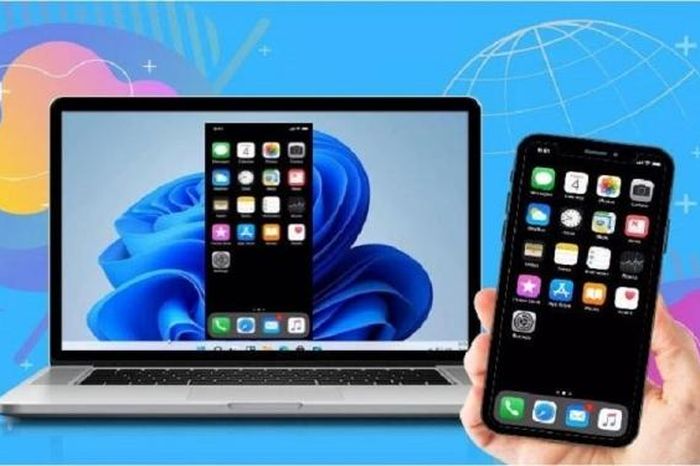
 How to choose SSD to suit your needs
How to choose SSD to suit your needs How many reasons does Windows not receive enough RAM?
How many reasons does Windows not receive enough RAM? 10 best software to install when buying a tablet
10 best software to install when buying a tablet Use images instead of passwords - Should I use them?
Use images instead of passwords - Should I use them? 10 tech habits you should have
10 tech habits you should have Why does a laptop fan with a cooling fan and tablet not?
Why does a laptop fan with a cooling fan and tablet not?